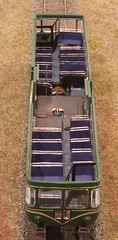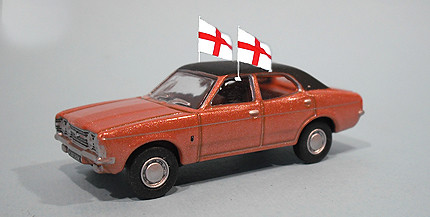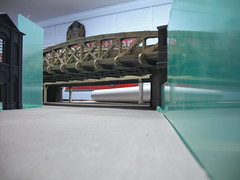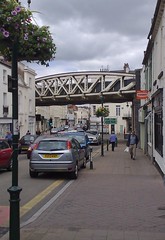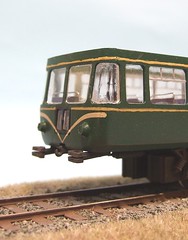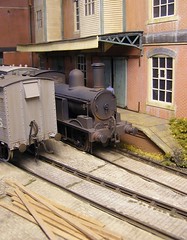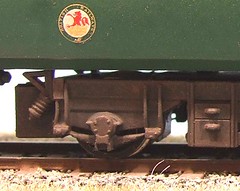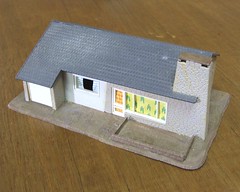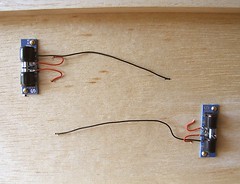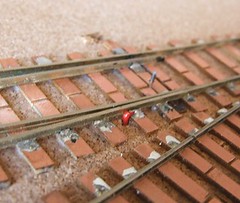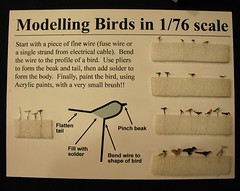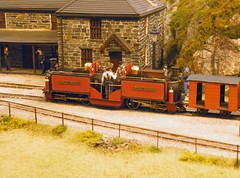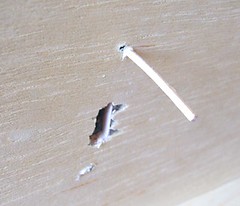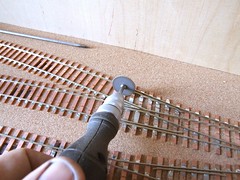Some things never change. This letter and its reply are over half a century old and yet seem strangely familiar to anyone who read the current magazines letter pages...
Model Railway News - September, 1946
An Open Letter to the Trade
Dear Sir,-One year after the war shows the model industry just beginning to open up again, and many of use who have had pipe dreams were hoping that soon we would be able to begin to realise some of them. Instead, many of us are finding that we will have to give up our hobby, and turn to aeromodelling instead. Needless to say, there is only one reason, and it is the high prices. Aero-model kits cost but a few shillings, whereas it looks as if at least fifty pounds is going to be needed to obtain the nucleus of a model railway system in the future.
I, and many others, saved ten or so pounds in the hope of restarting after the war, when things and prices, we hoped would return to normal; but it hasn't worked out that way.
The second-hand market was of no use to us because of the ridiculous prices being asked; for example, a Hornby Princess Elizabeth, costing five guineas before the war, is very often today offered second-hand today at prices varying from fifteen to seventeen guineas.
Of this, I say little, because anyone who is foolish enough to be fleeced thus, deserves all he gets, but what of the new models now appearing on the market ?
Messrs. Bassett-Lowke start the ball rolling with a kit of parts for building a Mogul. This, pre-war, cost £3 15s. 0d., but now I see that the price has risen to £9 9s. 0d., plus purchase tax. I cannot see myself how such a large increase is justified, but, no doubt, Messrs. Bassett-Lowke can explain. Practically everything has risen in price since 1939, but seldom more than 100 to 150 per cent. Some things even remain practically the same, except for purchase tax, and to give examples I will merely quote Messrs. Hover, with their vacuum cleaner, and things like electric light fittings, and certain domestic fittings.
Many of these things are made of the same materials as our models, so the increase cannot be caused there, and I do not think that labour costs, wages, etc., have risen 200 per cent.
I have not picked out Messrs. Bassett-Lowke for any other reason than that they are first in the field, bit I think that I, and many hundreds more, would like to know how we stand. Are the model firms going to cater for the masses, or only for the lucky few who can afford to pay big prices ? Don't kill the Golden Goose.
Lastly, I should be very interested to hear the views of the Editor, the many firms concerned, and my fellow readers, on what I think is a very important question.
Yours faithfully,
D. S. Codner
London, W.2.
Model Railway News - November, 1946
Post-war Prices
Dear Sir,-We are very interested to read Mr D. S. Codner's letter in your September issue with reference to post-war prices of productions of model manufacturers.
Might we preface our remarks by stating that we do not think that there is any manufactured article, where skilled labour is involved, which has not had its retail price doubled (exclusive of Purchase Tax), unless the price is reduced by a subsidy from the Government. We would also point out that, as stated in the House of Commons recently, the present purchasing value of the £1 is now only 8s. 5d.
Now as to the special case stated by your contributor, our kits of finished parts for building a "Mogul." The original price of £3 15s. was an estimated price before any of the sets had been produced and immediately the first production had gone through the works, it was found that the price was very much under-estimated and the actual retail price was altered to £5 5s. until the out-break of war. As far as materials are concerned, these have not increased to an extent of 100 per cent., but it must be remembered that the cost of the materials used in models is very small proportion of the total cost. However, owing to the shortage of materials, and the small qunatities obtainable, it is very often necessary to produce goods in small batches, which adds to the cost.
Labour is the most important item in the cost. In pre-war days, the process of upgrading labour from boys of school-leaving age to journeymen of twenty-one produced semi-skilled labour between the ages of eighteen to twenty years, which at present is not available owing to the calling-up of workers for the Forces. Thus this leaves unbridgeable gap between the unskilled and full-skilled labour.
In common with most employers, youths who were called up for the Forces now return as men, and are being reinstated. The four to five years which they have been away resulted in the loss of the experience they had in the skill of model making.
Skilled labour, including tool-makers necessary in the production of our goods, costs at least twice what it did before the war period.
Overhead expenses have not increased to the same extent but, owing to the Limitation of Supplied Order, a smaller quantity of goods have to carry larger overheads.
Some engineering products, we agree, have not increased to 100 per cent. above pre-war prices, but these are in cases where skilled hand labour is almost eliminated and where huge quantities of a single article are made at one time.
We can assure your readers that the whole of the industry is anxious to keep prices as low as possible, consistent with good wages (which were very rare in pre-war days), as we hope the rate of pay of the expert can be maintained in the future, according to his skill, always taking into consideration the relative cost of living.
We also hope that production will soon make it impossible for extravagance and high prices to be charged for second-hand pre-war goods.
Yours faithfully,
Bassett-Lowke Ltd.
(W. J. Bassett-Lowke, Managing Director)
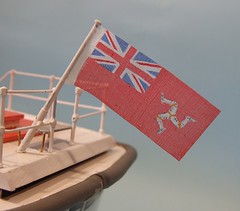 Kadet has a flagpole at the stern and without something fluttering, this looks a bit empty.
Kadet has a flagpole at the stern and without something fluttering, this looks a bit empty.

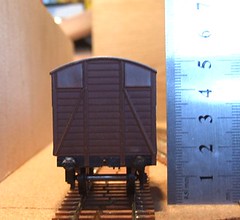

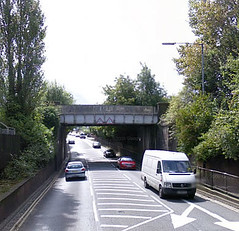

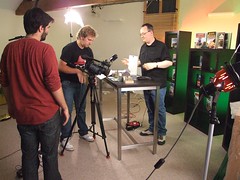
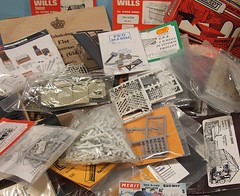

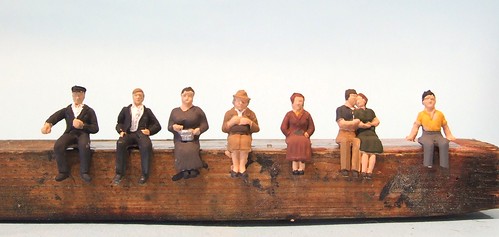
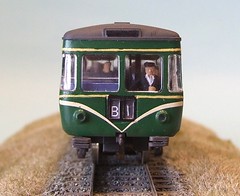 So I tried to install my repainted headcodes. First I discover that you really need to do this before putting the etched interior in. The driving compartments are in the way otherwise. My solution was to cut a slot between the digits and slide them down. However I think that they are too small. At least they didn't seem to fill the windows for me - something I should have discovered before putting some glue on them but never mind.
So I tried to install my repainted headcodes. First I discover that you really need to do this before putting the etched interior in. The driving compartments are in the way otherwise. My solution was to cut a slot between the digits and slide them down. However I think that they are too small. At least they didn't seem to fill the windows for me - something I should have discovered before putting some glue on them but never mind.